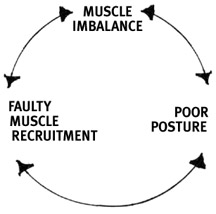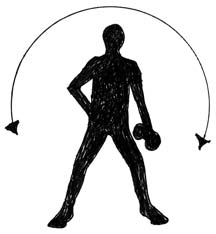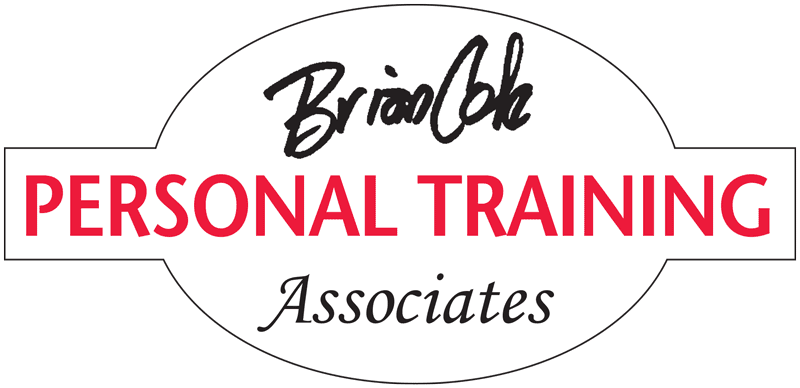Many years ago, while studying anatomy/physiology I concluded that the quadratus lumborum (Q.L.) was the key muscle in most human movement (it’s a very deep muscle on each side of the lower spine). And I also decided that unless trained it was in a constant state of imbalance. This imbalance starts a cycle of interactions that are all negative and self-perpetuating. The cycle works like this:

They all cause each other and the cycle needs to be broken to allow us to stand more comfortably and to move more freely. Think of the Q.L. as side to side “guy wires” from the sides of the spine to the pelvis.

Most human movements and actions are one side dominant. Throwing something or swinging a golf club are obviously to one side. Carrying a purse, a briefcase or a baby on our hip are all done the majority of the time on the same side. Look at your daily activities and you’ll see what I mean.
This starts the cycle, because no matter where movement occurs, the fulcrum through which it passes is the low back area which is controlled laterally by the Q.L. Specifically, if you carry something on your left side, your right Q.L. strengthens to hold you upright. The problem is your left side Q.L. shortens, weakens and tightens. You now have a subtle imbalance. You may not be aware of it but a good massage therapist will find it. Then the question is what can be done about it.
The therapist can try to release the tightness, but will that correct the condition? Remember, the cause of the tightness is weakness. In muscles whose main function is to maintain posture, weakness precedes tightness. The tightness is the body’s self defense system trying to maintain upright posture. So the weak side must be strengthened, not just relaxed or released. How? Side bends are the most effective way to train both sides through full range of motion. Holding a weight in one hand take a wide stance and move slowly side to side through your full range. Stay loose. Relax your neck and let your head go. Now, put the weight in the other hand and repeat.
Don’t try to figure out which side is firm because it’s strong and which side is tight because it’s weak. Train each side the same and you will improve both sides.

Let’s apply that same lateral “guy wire” logic to your upper trapezius (this muscle is part of the back and sides of your neck). The problems here are caused more often by sleep positions rather than activities, but the results are similar to the Q.L. Let’s say you sleep on your right side with a soft comfy pillow. The left side of your neck is in a lengthened position and the right side is shortened. For something close to a third of your life. There are going to be some consequences. Like neck pain (often in the morning).
One of my daughters has had neck pain for quite a few years. Her dad of course recommended exercise, exercise, exercise and a thick firm pillow. She’s never been able to incorporate all that into her life and recently had about as much as she could take of the discomfort—shooting pains down her arm and numbness in her hand, which indicate nerve pressure. So she went to her doctor who ordered an x-ray. It didn’t show enough to draw conclusions, so he ordered an MRI. Then he sent her to a neurologist who analyzed all this diagnostic data and gave her an excellent book entitled Treat Your Own Neck. (Or as I refer to it: Listen to Dad).
So what can we do specifically do for our necks? If you’re a side sleeper, the aforementioned thick firm pillow and, no matter what sleep position you prefer (but never on your stomach), simple shoulder shrugs. Stand in good posture with weights in both hands, slowly lift your shoulders toward your ears and slowly lower them.
In summary, I’m saying if you add properly executed side bends and shoulder shrugs to your life, you’ll do yourself a long-term favor. And as an added benefit, taking care of ourselves is by far the best way to reduce health care costs. (Just ask my daughter).

